2024 is towards iconic Tramways' 120th years of service, over the decades trams were transitioned from single decks to double decks. One of the highlights is the resume of the tour tram #68 in September 2023, where a set of tram type plates have been revamped with comprehensive info.
HKT re-categorised as below:
- 1st Generation - First class tram [1904]
- 1st Generation - Third class tram [1904]
- 2nd Generation - Open-top tram [1912]
- 3rd Generation - Wooden-roof tram [1923]
- 4th Generation - Pre-war tram [1925]
- 5th Generation - Post-war tram [1949]
- Single deck trailer [1964-1982]
- 6th Generation - Iconic tram [1986]
- Millennium tram [2000]
- 7th Generation - Signature tram [2011]
The annotation with "Generation" was referred to the following diagram:
A. Single-deck tram (1st Generation) [1904-????]
Tram service started in 1904 with 26 single-deckers, comprising 10 1st-class 32-seat combination cars and 16 third-class 48-seat cross-bench cars. Additional order of 10 cross-bench cars (#27-36) was made in 1905.
B. Open-top tram (2nd Generation) [1912-????]
10 double deck trams (#37-46) were in service in 1912. Open-top design built by Hongkong & Whampoa (Kowloon) Docks.
By 1911 lifeguards were added to trams and the roof headlamps were moved to the dashes, the destination boxes were fitted in place.
C. Covered top tram [1913 onwards]
After the double deckers entered service, additional cars were built (#47-80) however lacking details on the quantity of canvas roofs and later wooden roofs. So I sub-divide as:
C.1 Canvas-roof tram [1913]: canvas roofs covered for bad weather shelter
C.2 Wooden-roof tram [1923]: wooden roof with roll-down blinds were experimented on #63 for better shelter on upper decks
Open top trams (B) were progressively fitted with canvas roofs (C.1) from 1913 and some with wooden roofs (C.2) from 1923 with unidentified quantities. As many of the cars in one generation were in fact just modifications of the previous, the above sub-division would be clearer.
HKT initially defined C.1 as 3rd generation but re-named C.2 as 3rd generation based on the tram design of tour tram #68 launched in 2016 (as shown in the tram type plates).
D. Pre-war tram (4th Generation) [1925-1955]
In 1925 double deck enclosed trams with dark green livery and white pillars in service (#81-119). Early advertising applied on trams same year according to the 1925 photo of #6, or perhaps earlier.
Sided destination screens were fitted by 1927 for passengers’ easy notice, as shown in the photo of #75.
Open top cars that were later enclosed (Pre-1925 cars) could be distinguished from newly-built Pre-war trams, with slightly shorter upper deck and narrower side windows at each end; hence the lower deck was slightly protruded.
Regrettably, it is unknown whether these were some of the original single deck cars or later conversions, because both were still running at that time. Since more new bodies entered in service, the single deckers were scrapped by 1926, though few of these were run as workscars until 1950s. After the Japanese Occupation, no new cars appeared until 1948 when three (#110-112) unfinished from 1945 entered service. #113-119 following afterwards to the Pre-war design in full green livery.
By 1948 air-operated steel panelled doors were fitted at front for 1st class and lattice gates at the rear for 3rd class with gate boys, as seen from the top view of #57 in 1954. The dashes of the cars were tapered outwards to the fenders to prevent people standing on them.
E. Post-war tram (5th Generation) [1949-1991]
The 1st prototype #120 put in service on 19 October 1949 in Brunswick green livery, following by the mass production of the entire fleet (#1-119, #121-162) jointly worked with Whampoa and Taikoo Dockyards from 1950 to 1964. The last Pre-war tram #118 was replaced in 1955.
One of the features of the Post-war tram is the rattan seats on the upper deck. #120 is the only currently running which was newly-built in 1991 as a heritage tram.
F. Single-deck trailer [1964-1982]
The first trailer built by Taikoo Dockyard, was in service on 6 August 1964, whilst 1965 is the year for the mass production of 20 from Metal-Sections, UK to deal with increasing riders.
#1 is the 1st prototype trailer featuring half of the double decker and rebuilt as #163 in 1979. #22 is the last trailer built by HKT in 1967, although in lightweight but the noisy issue cannot solved, hence being the first "gone" in 1978.
In 1972 class distinction was abolished, rear boarding with rearside staircase added, “one-conductor-operation” (OCO) and “pay-as-you-enter” (PAYE).
By 1976 turnstiles fitted at the rear cabin for preventing fare dodgers, and fare boxes were relocated to the front for passengers “pay-as-you-leave” (PAYL).
By 1977 “one-man-operation” (OMO) applied, tickets were abolished, and most conductors were trained as drivers.
G. Iconic tram (6th Generation) [1987- ]
In 1986 trams rebuilt using original underframes, relocating the resistor box from rear platform to the roof at the car front; repositioned rear staircase, fibreglass seats and fluorescent internal lighting. 15 trams were rebuilt (#6, #36, #39, #41, #46, #80, #88, #89, #121, #127, #139, #141, #143, #144, #159)
Since 1987 the fleet rebodying with upper deck plastic seats, lifeguards removed and replaced by deep fenders, i.e. the current wooden trams. HKT named as "Iconic tram" based on the year of design (1986) instead of the year of entire replacement (1987).
H. Millennium tram [2000- ]
HKT launched new design “Millennium Tram” in 2000. Streamlined, modern outlook in aluminum structure provided both strength and durability in a more rigid structure. Only four were built (#168-171, of which #171 is the prototype air-conditioning car), and not in place of the entire fleet. #169 and #170 are the remaining of this style. #168 has modified as prototype of the Signature tram in 2011, as shown in the below alongside view with #169.
Another prototype car is #172, which is a mixture of the standard car with modern features such as digital destination and stop reporting, and AC motors. #168 retained its DC motors since "Millennium era".
I. Signature tram (7th Generation) [2011]
HKT launched the Signature trams in 2011, featuring a combination of modern interior design with traditional tram body as below:
- Aluminium framed
- LED display with stops reporting
- AC motors
#168, #172 and the 1st air-conditioned tram #88 launched in 2016 are under the Signature model. The breakdown summary of the fleet is as follows:
- Signature - 84
- Iconic - 71
Iconic trams have been replaced by Signature ones since 2011 and the proportion between old and new, together with a few special types, can be referred to the table.
Special trams
For those non-passenger trams such as party trams and maintenance trams are in this list. Party trams #28 and #128 were rebuilt from Post-war #119 and #59 in 1986 and 1987, tour tram #68 and Tram 18 also rebuilt from Iconic trams #30 and #48. Hence, they are named “as is”.
I have filled in some of the "out of service" dates and hope the above info are of interest.
Best regards,

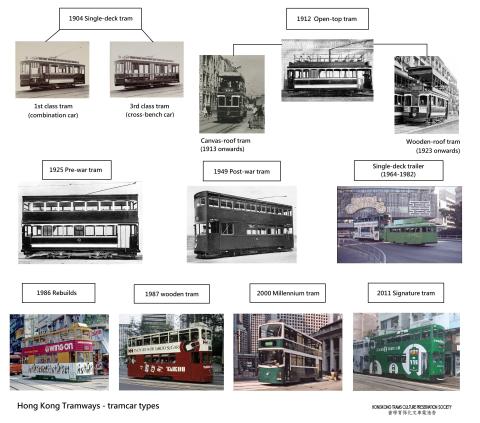
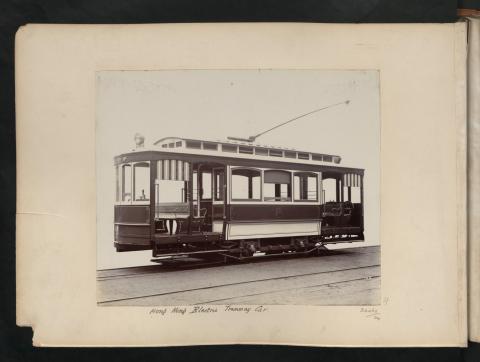
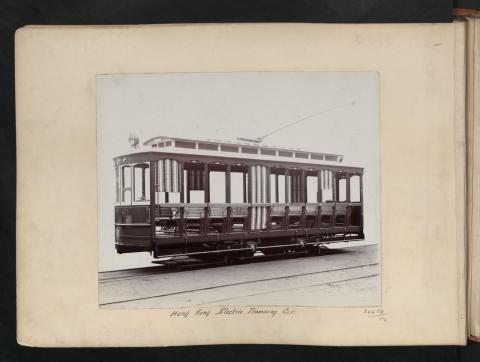
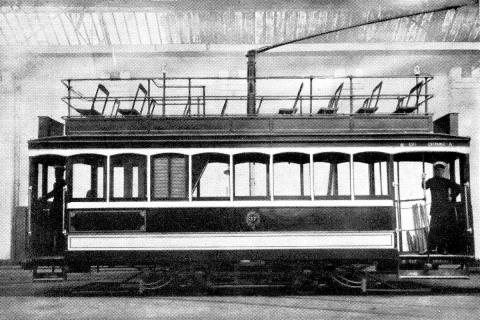
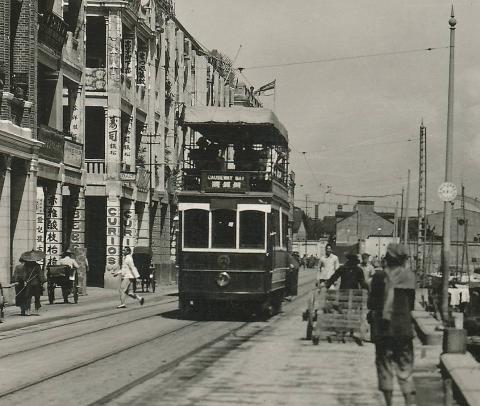
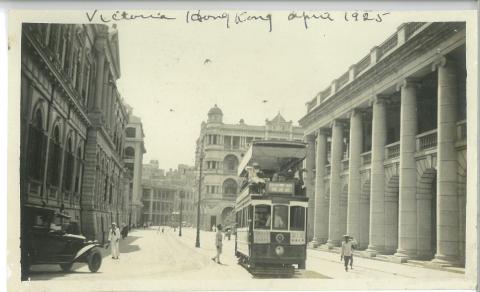

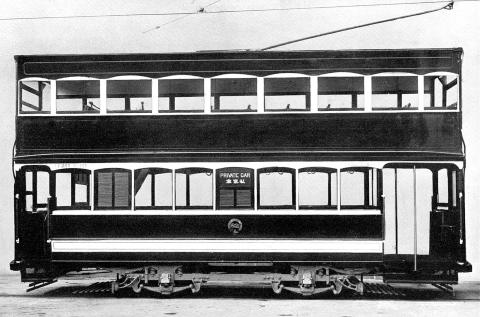


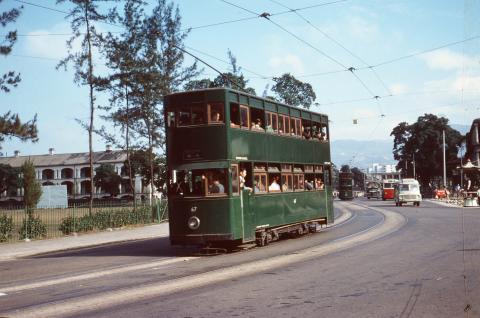
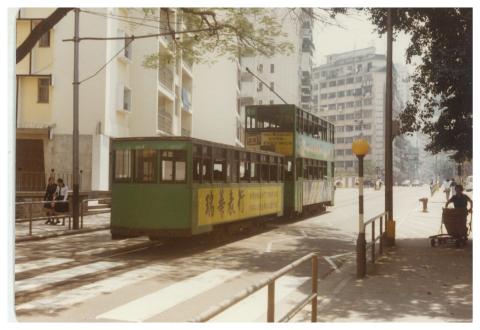
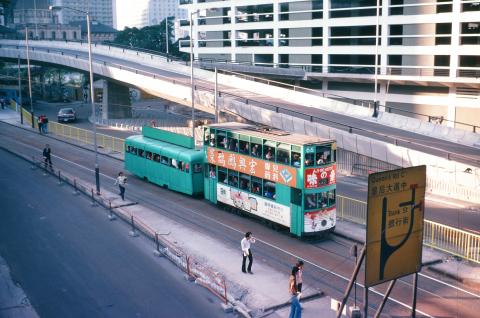


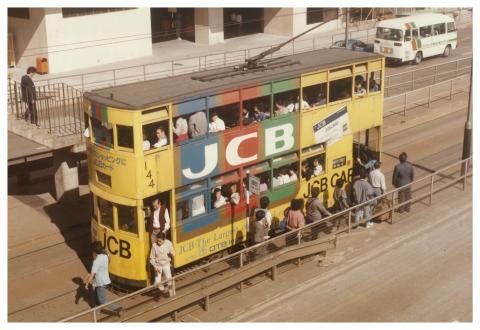
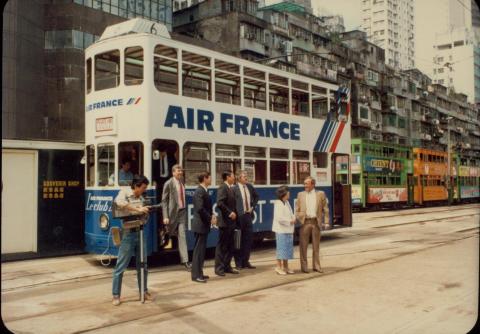
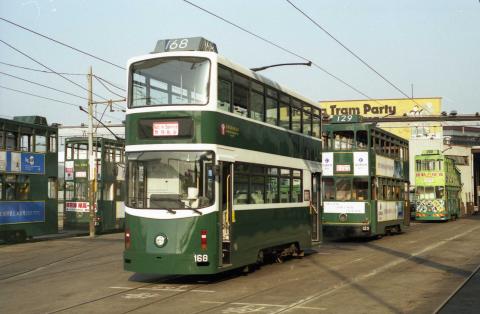
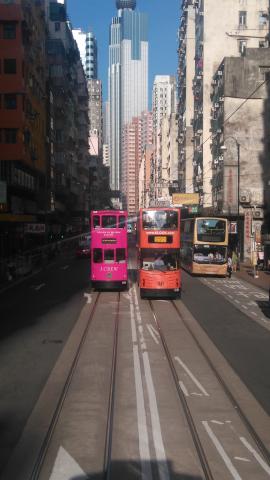
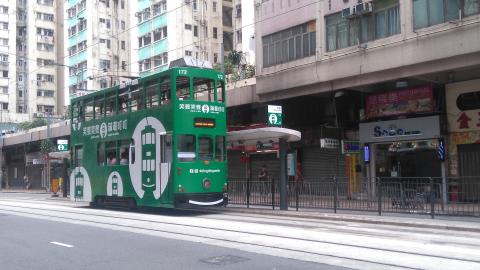
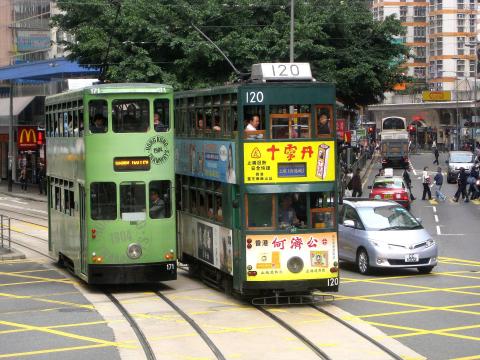
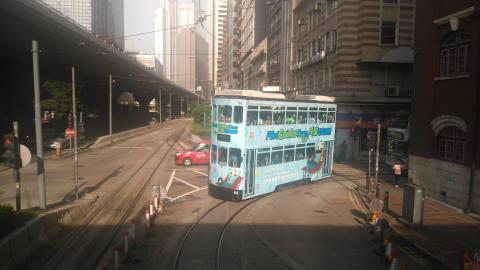


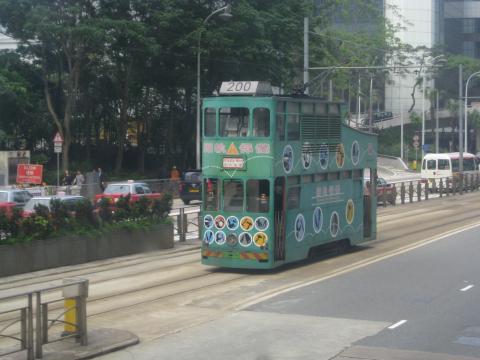
Thanks! These are fascinating!!
Really appreciate your taking the time to document these.
Tramsways - Special Operations -2014
For those who might be interested, I have a Youtube video posted showing how the Tramways Company operated special services over some sections of their tracks when Hong Kong Island roads were blocked during the "Occupy" demonstrations in 2014.
You can watch the video from this link : https://www.youtube.com/watch?v=tPSJSwtGnk4&t=631s